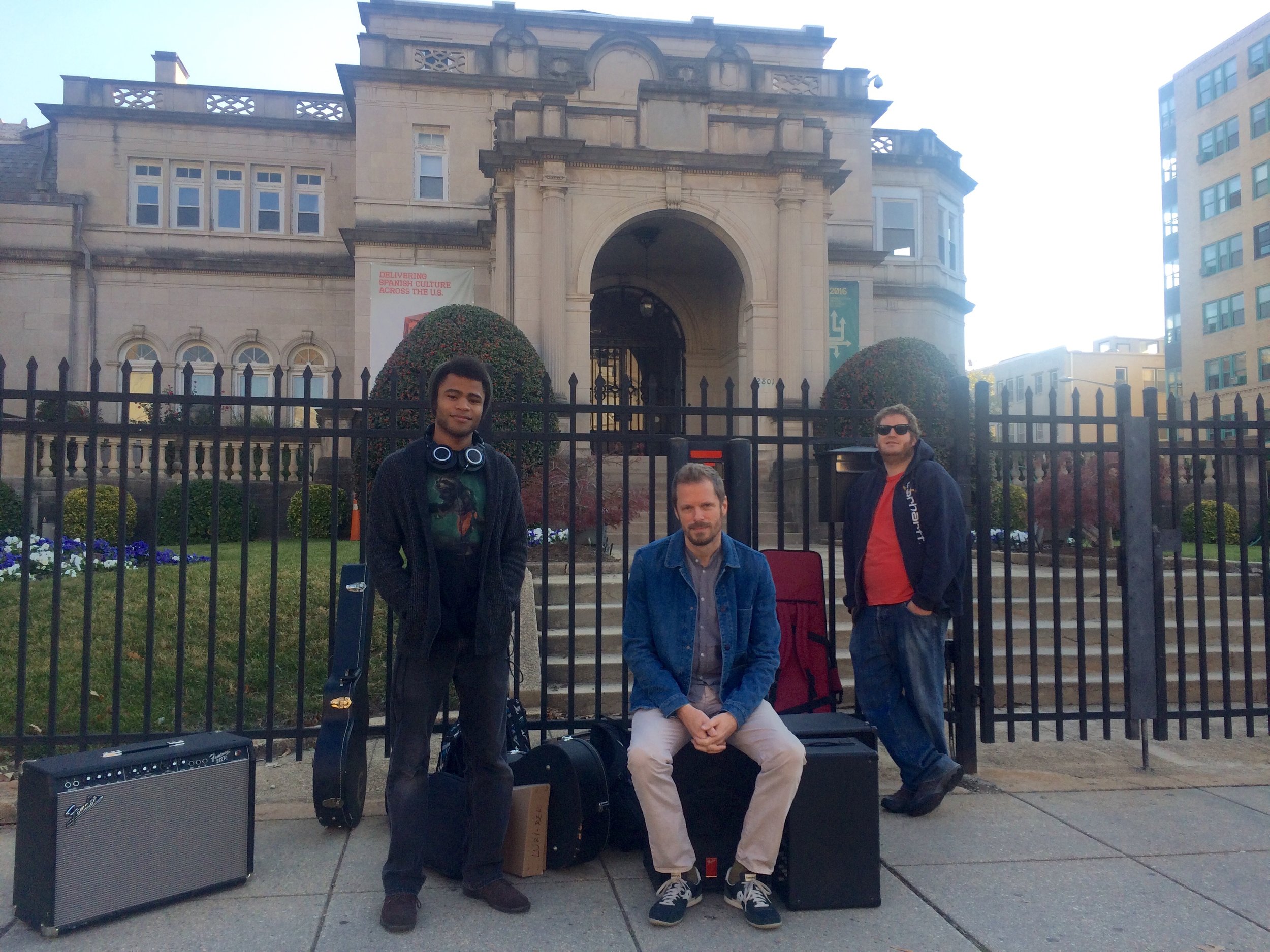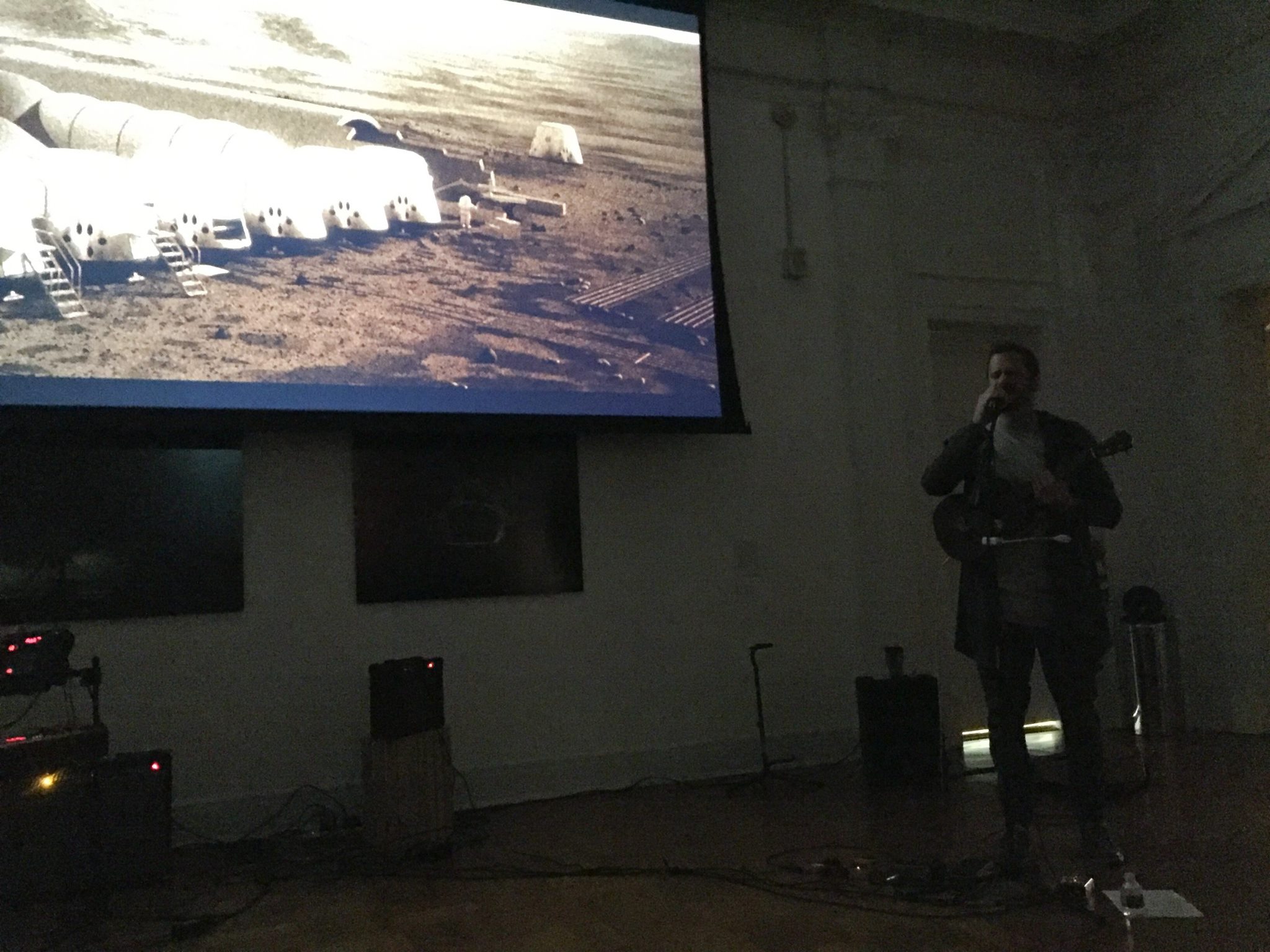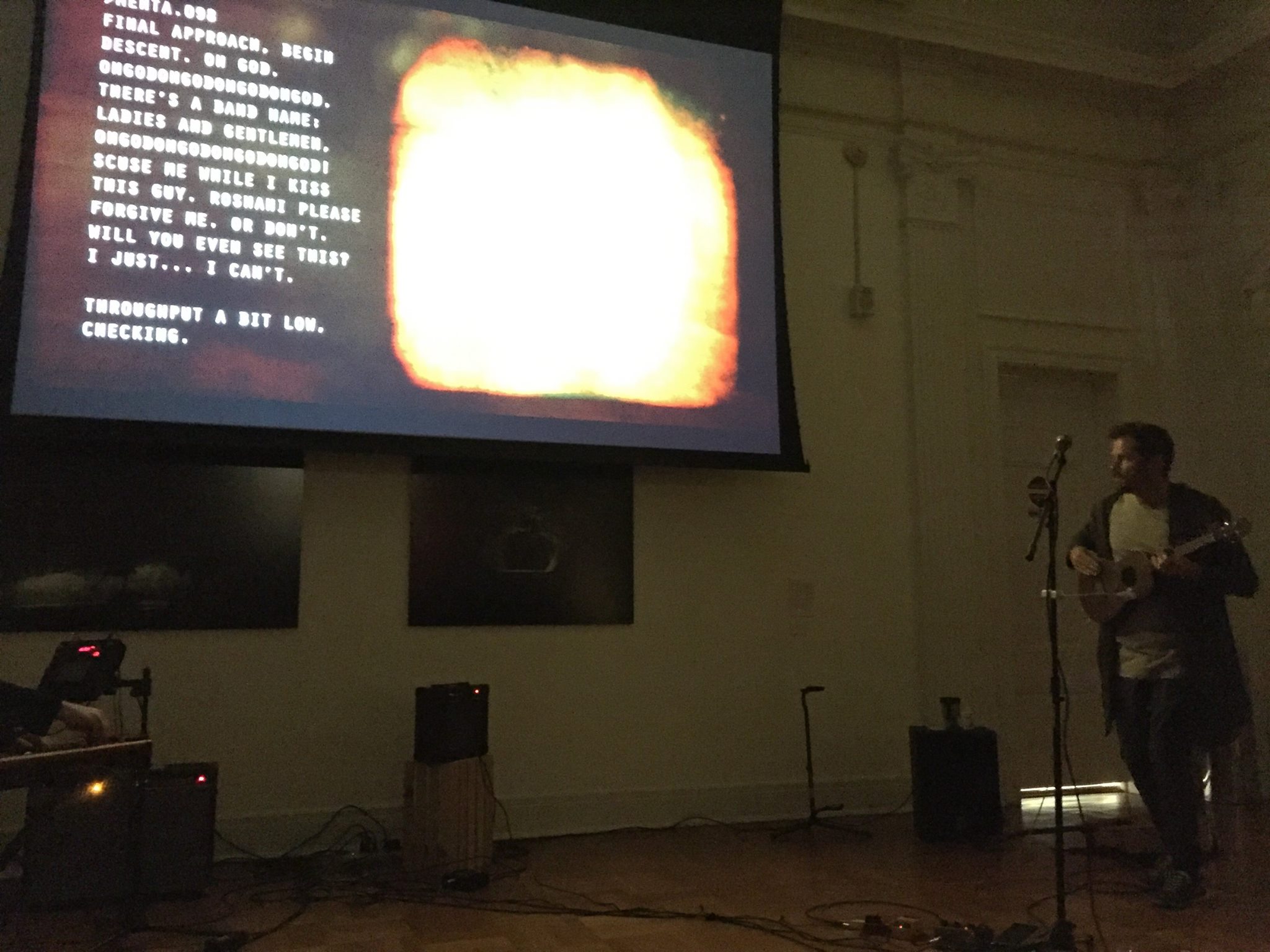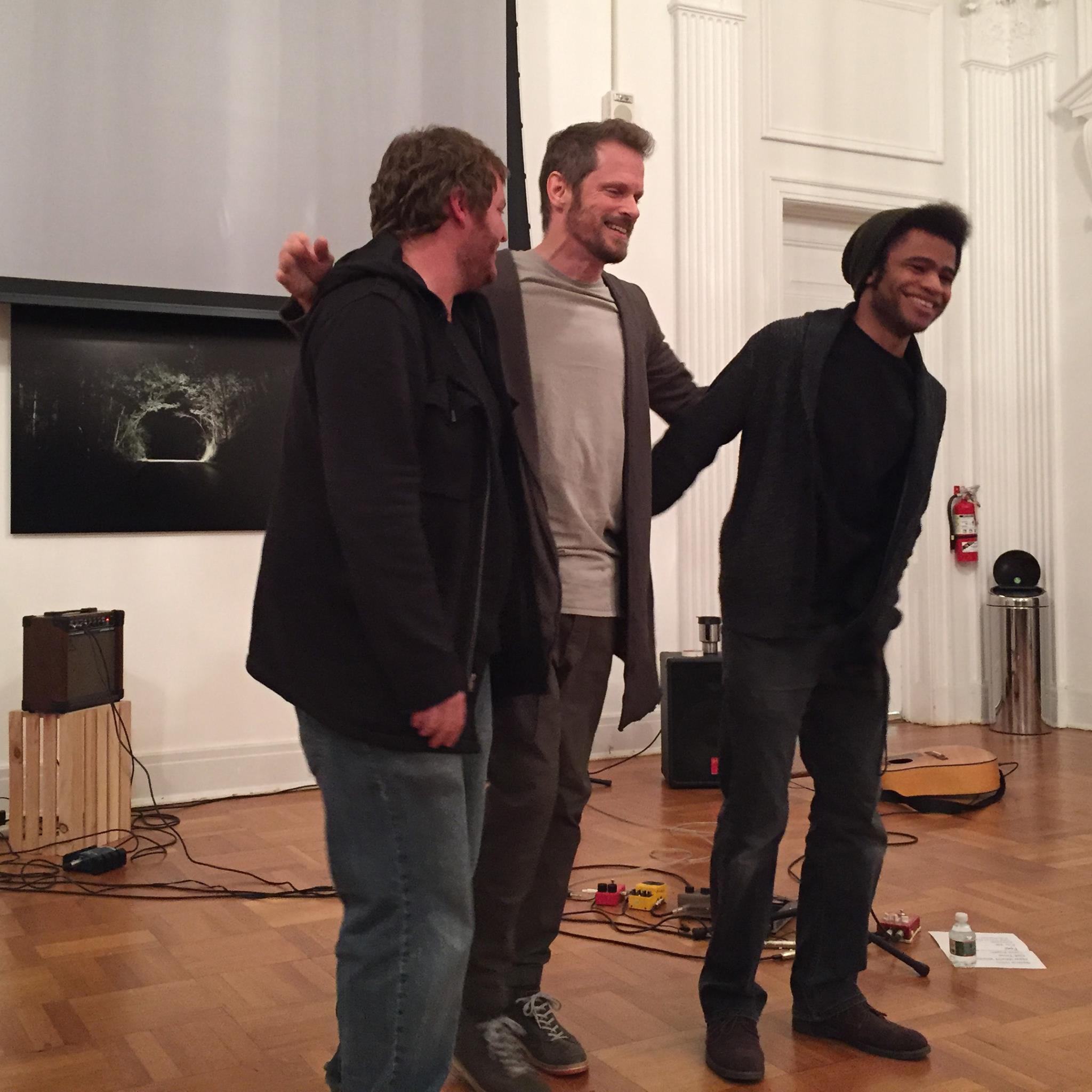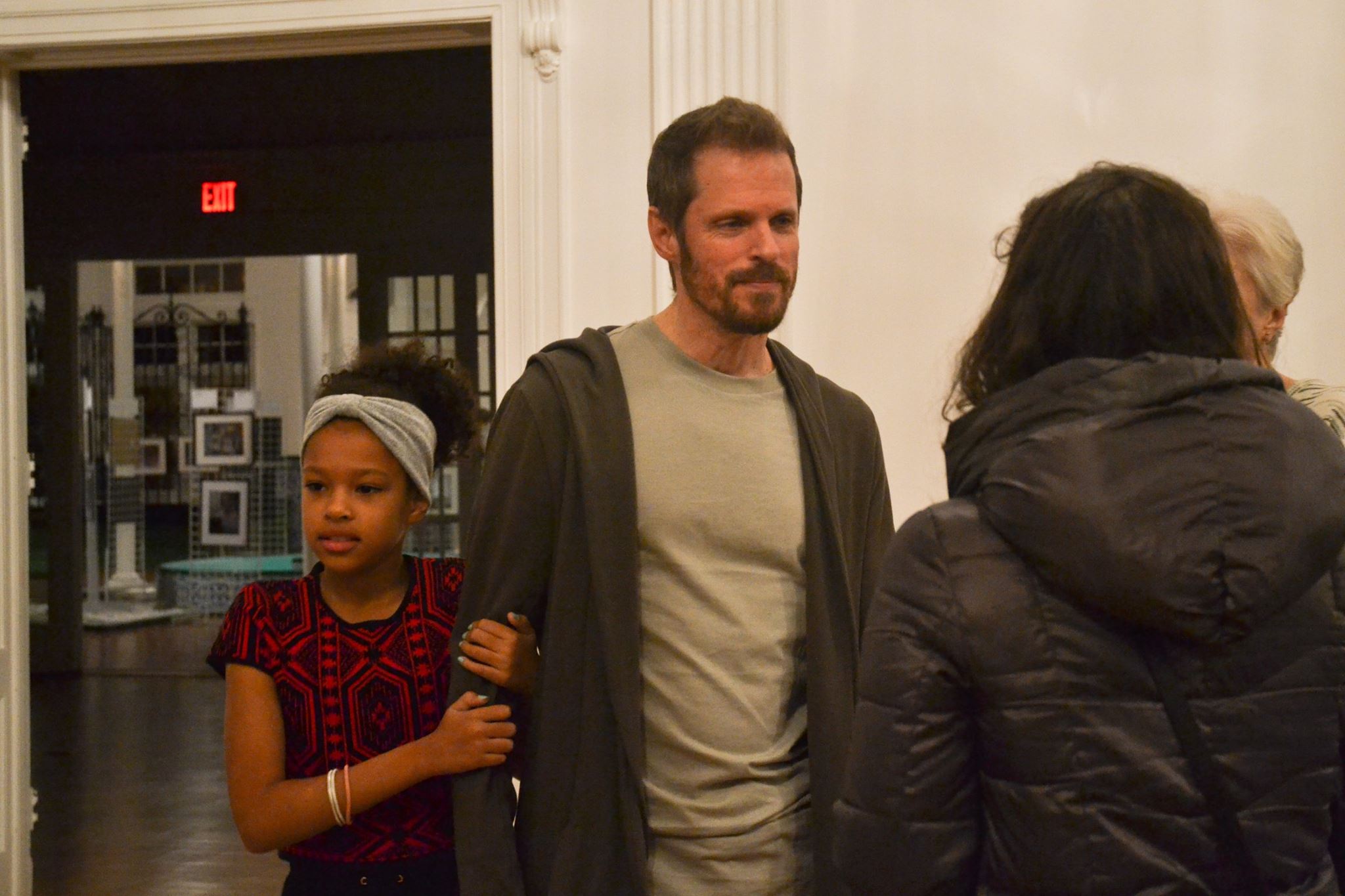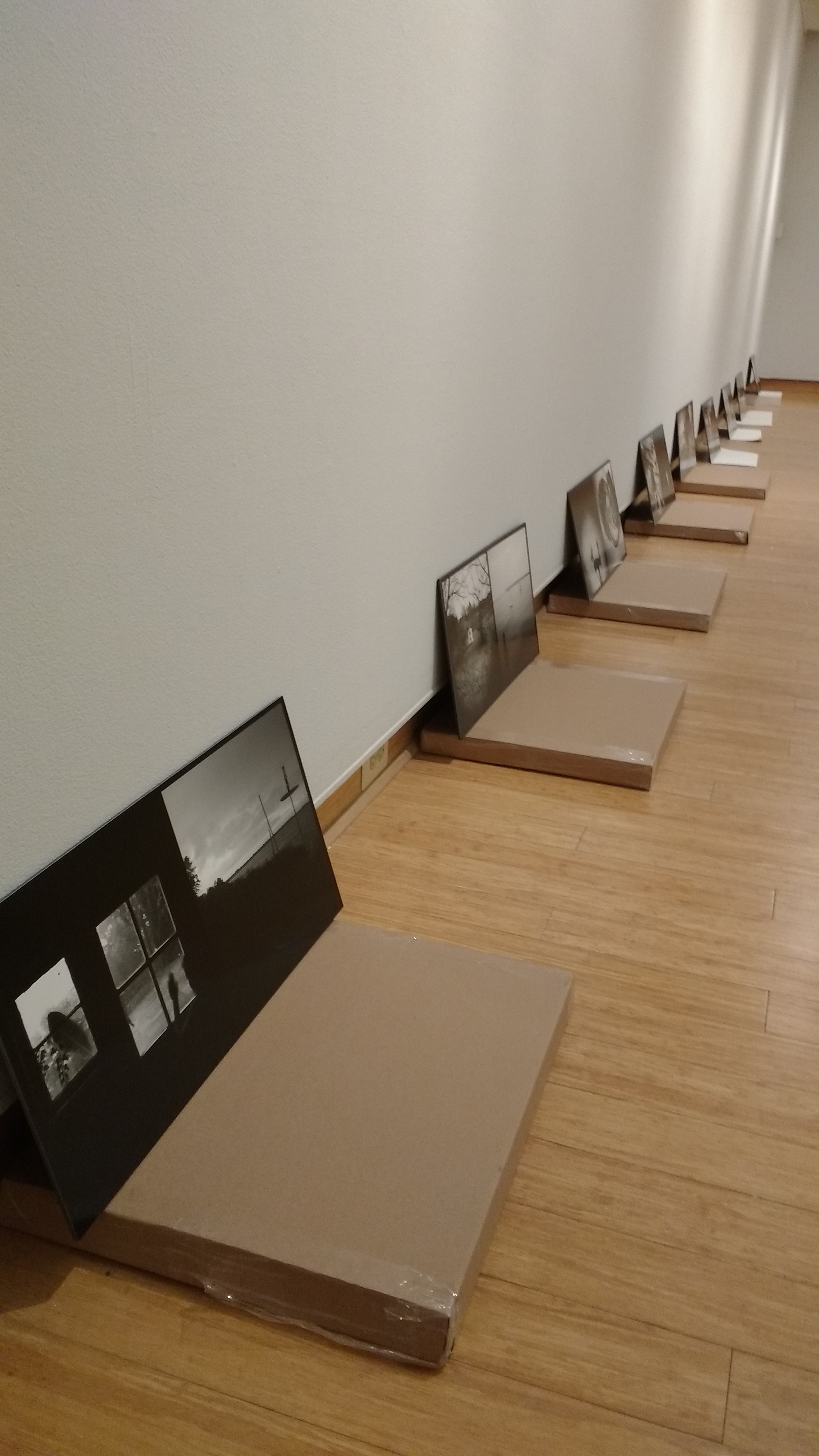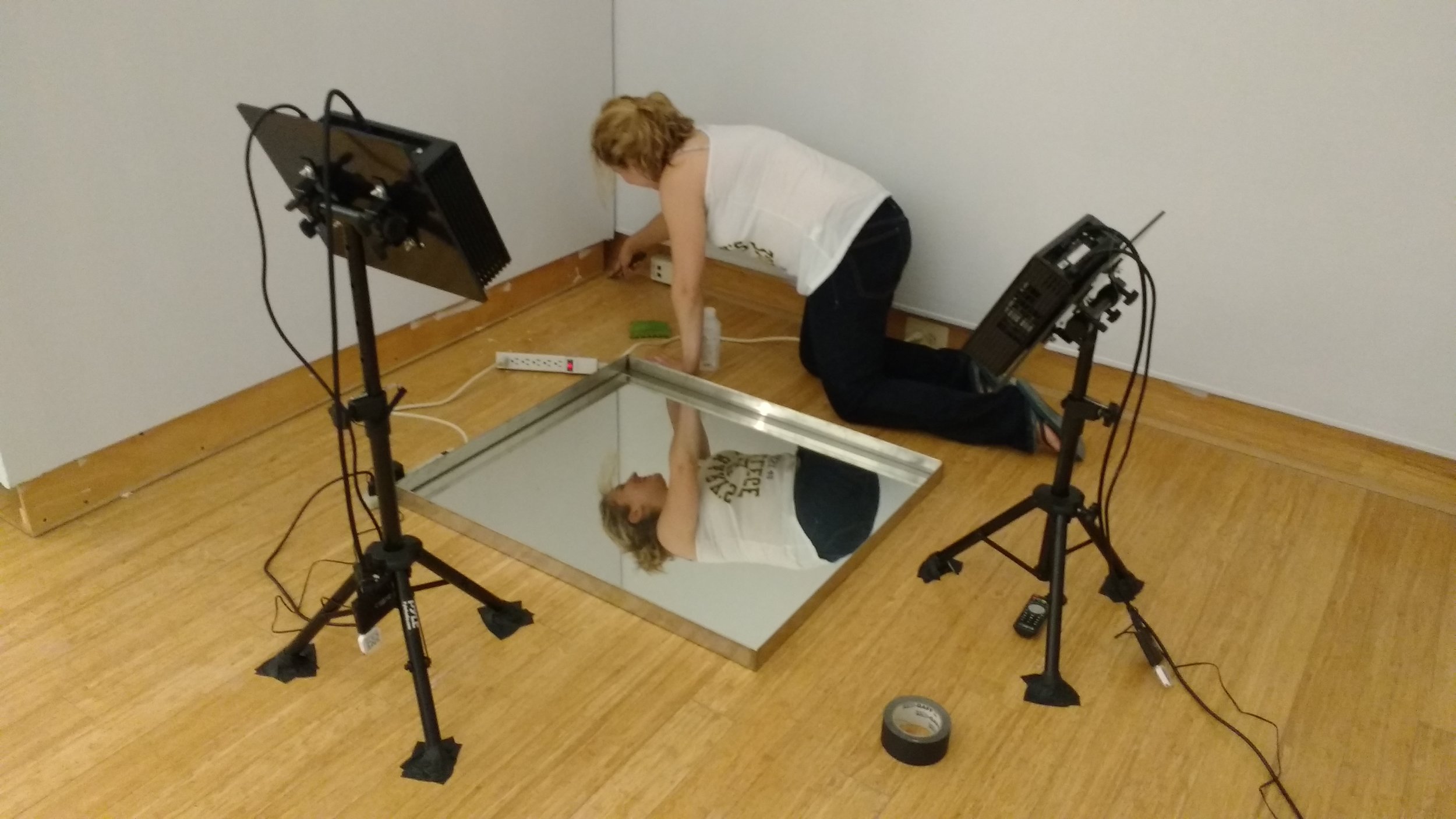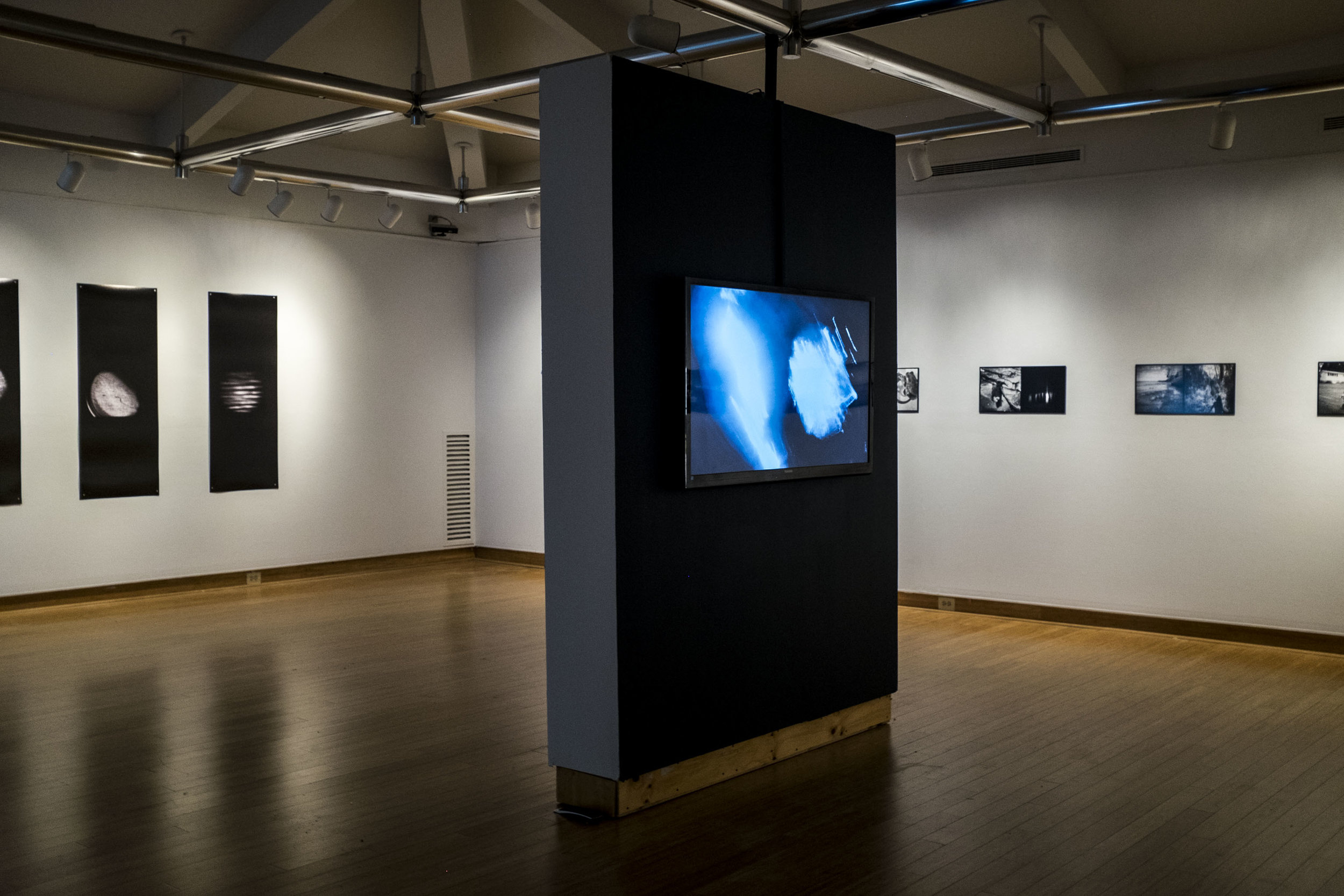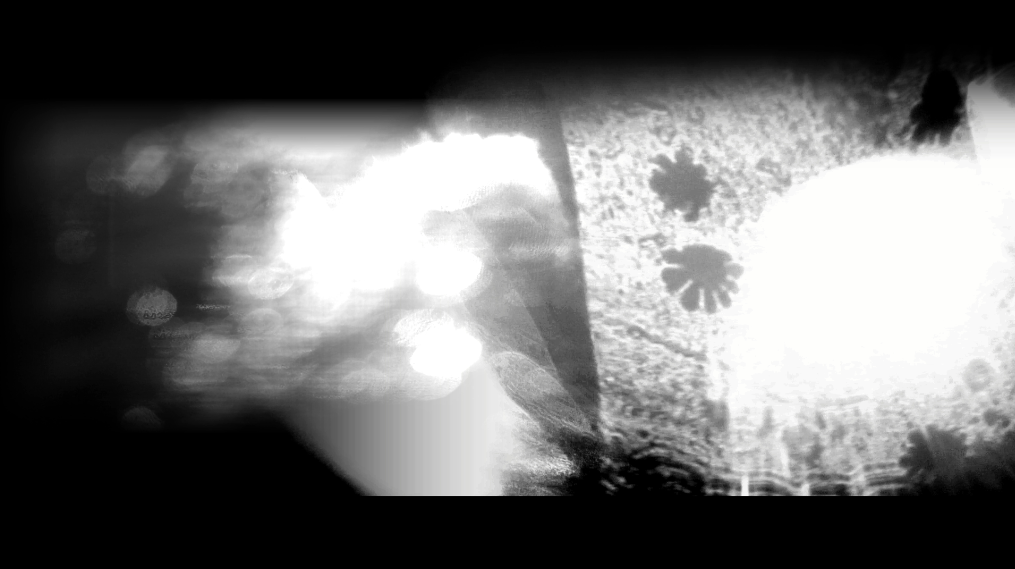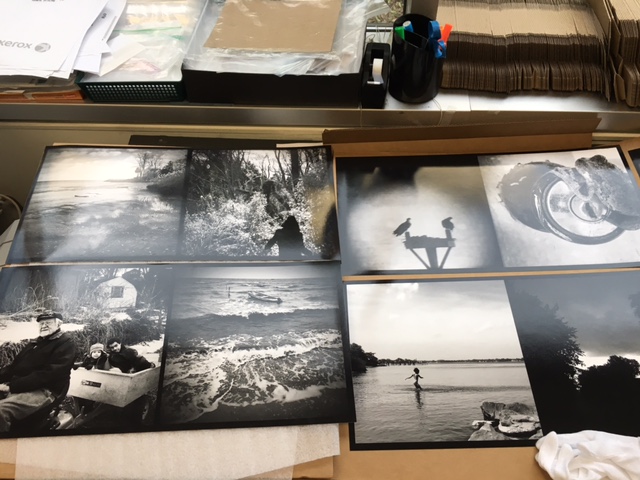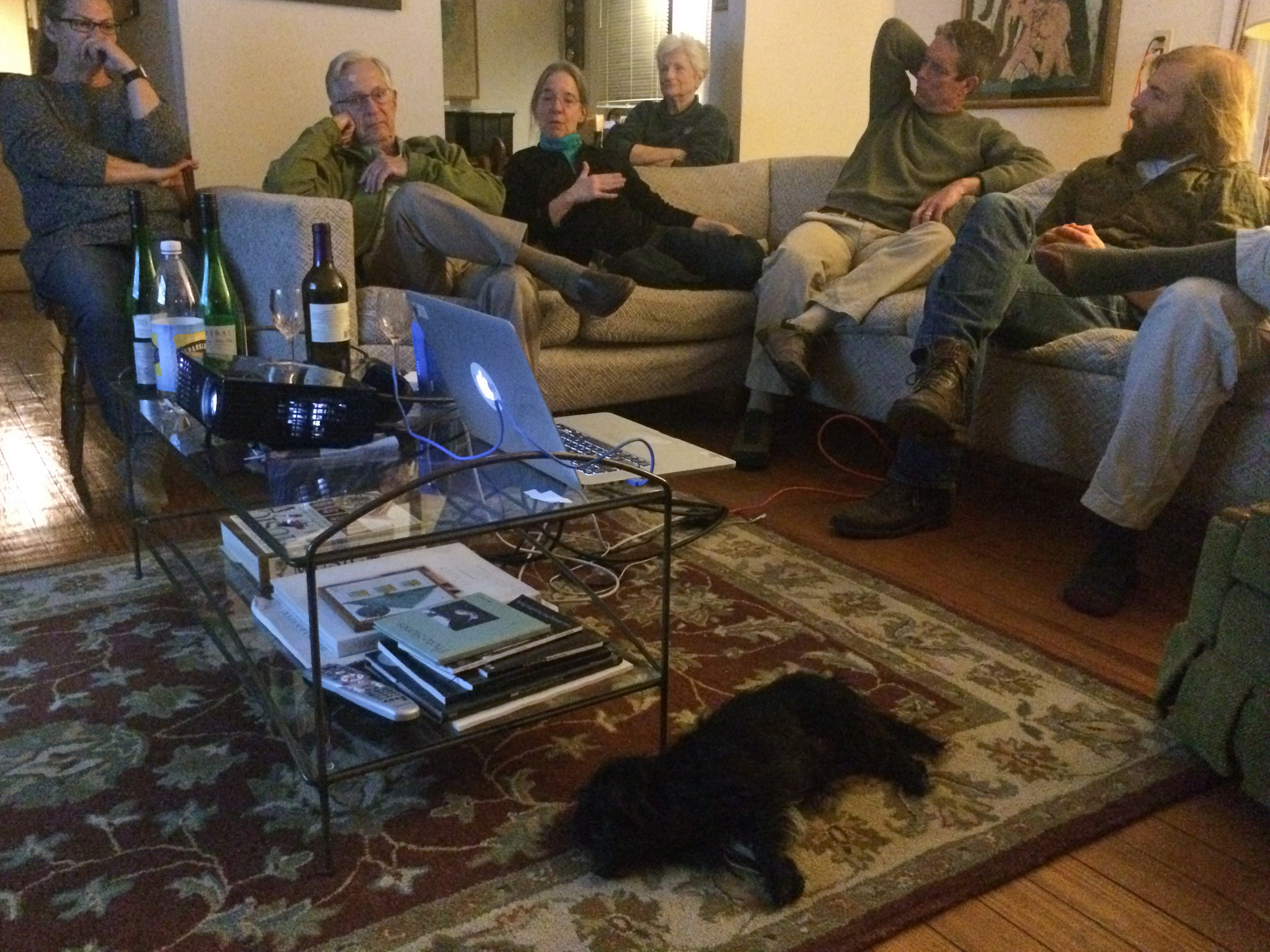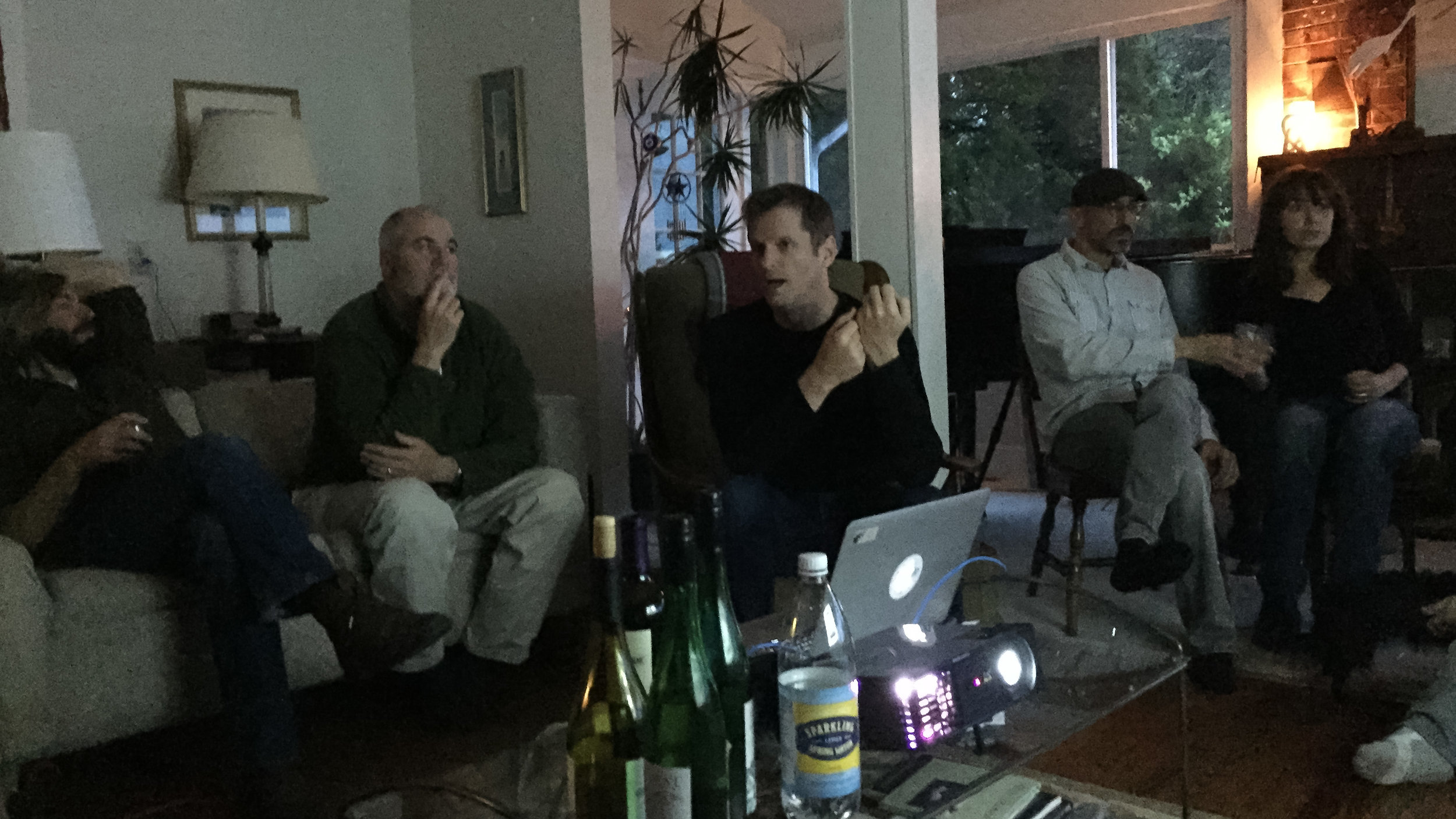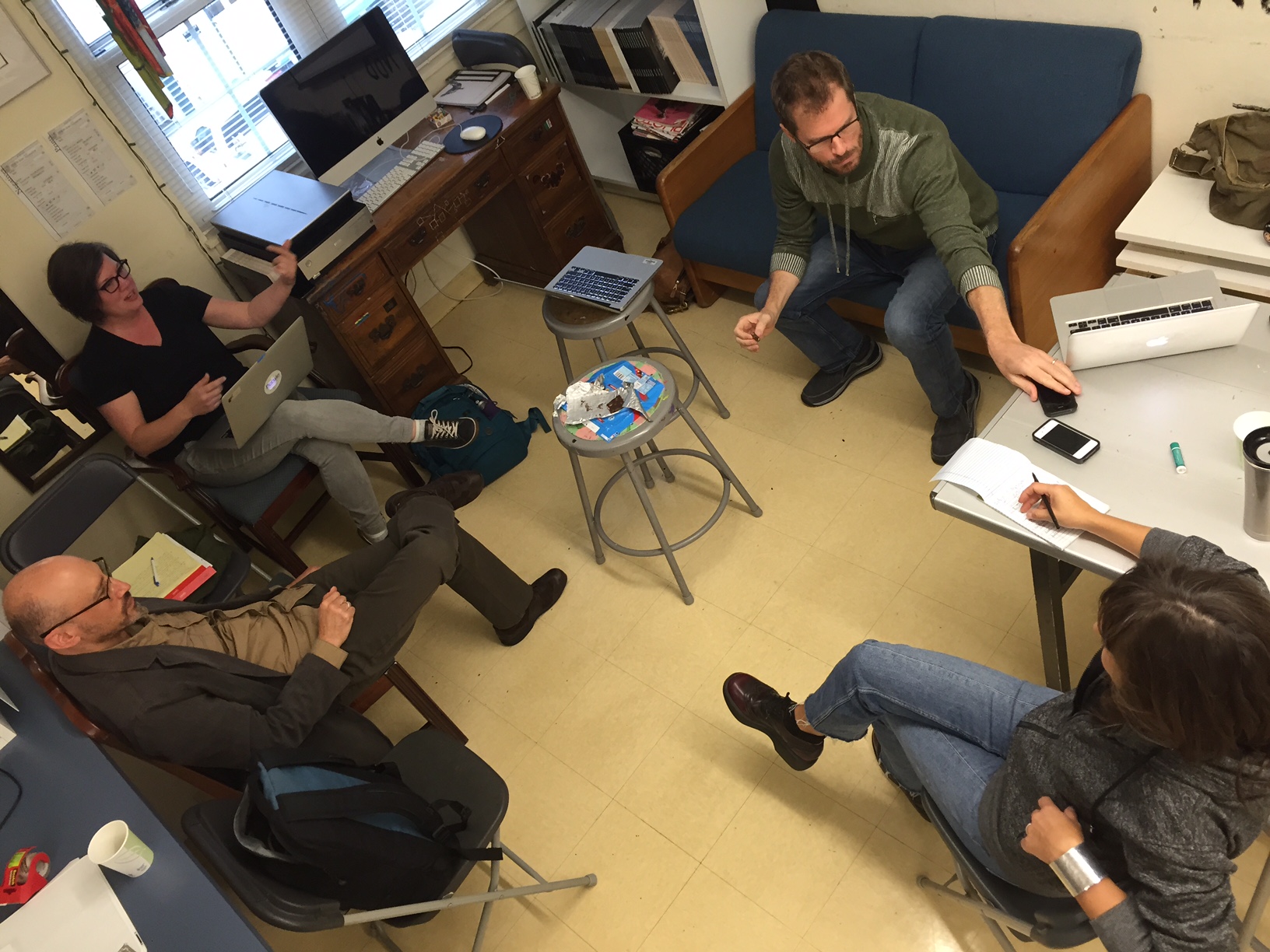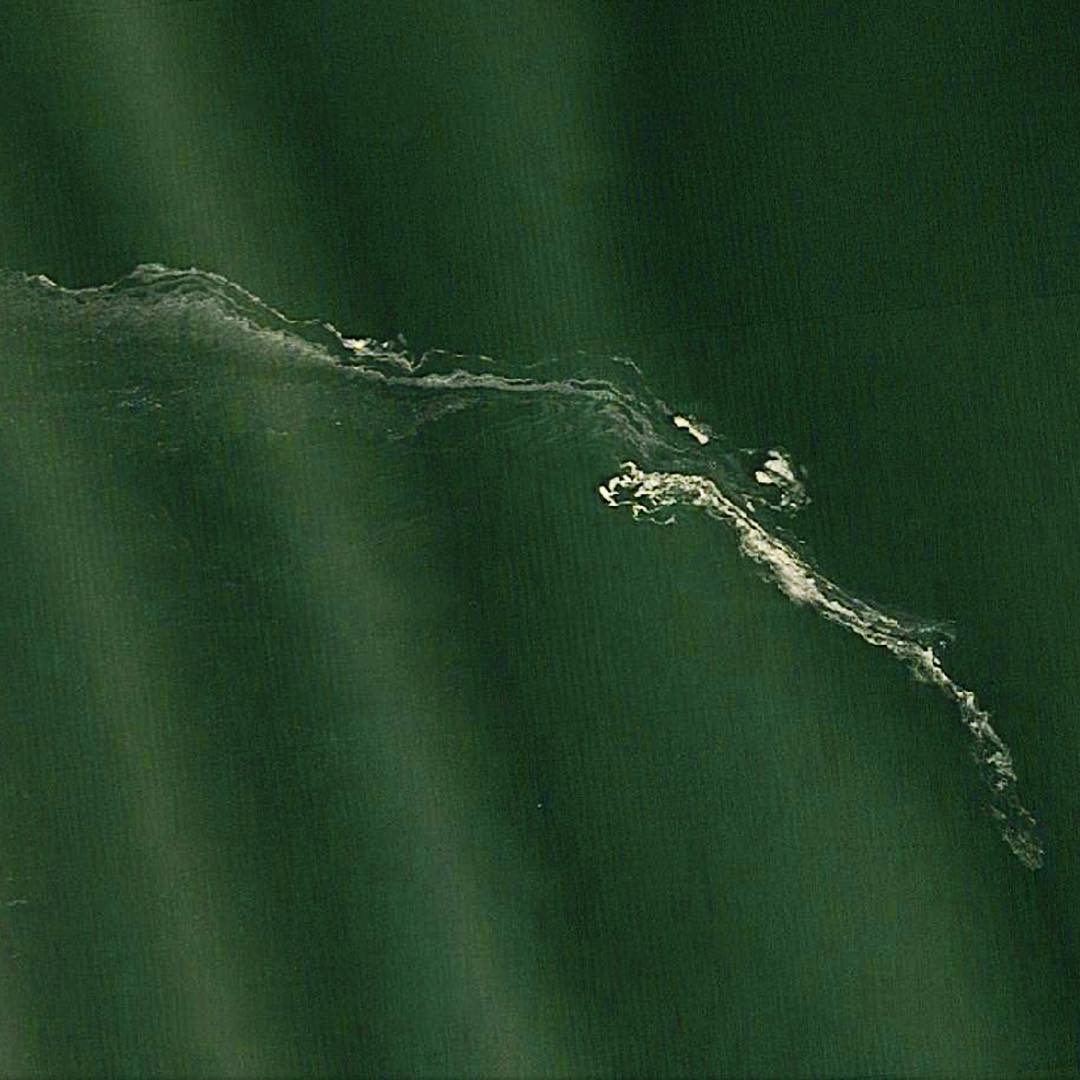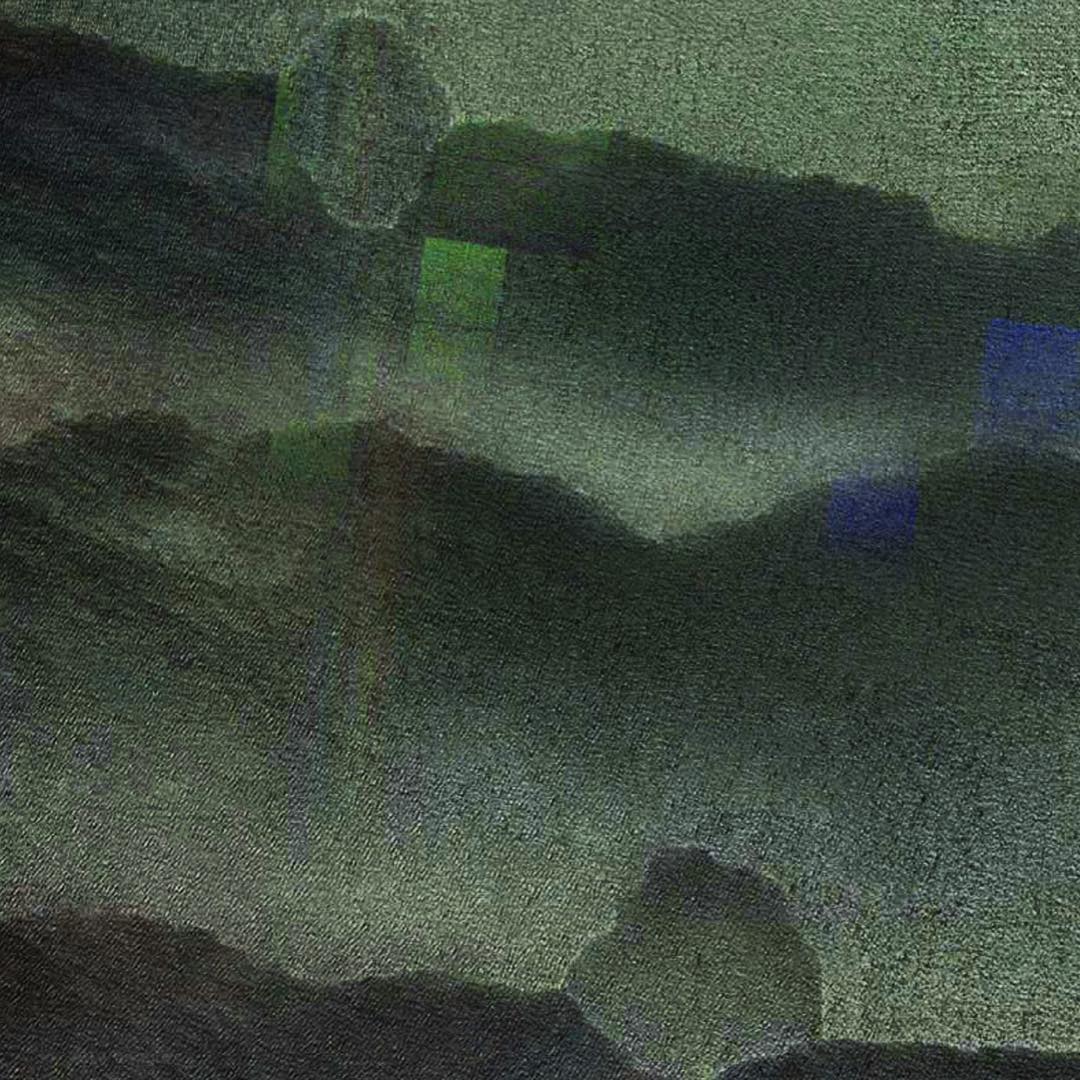Greetings from Central Europe, where we’ve begun a year-long adventure that will have multiple components, including a photo/video Fulbright project, learning about and reporting on contemporary life in Central and Eastern Europe, reconnecting with family, and exploring family origins.
Our first stop is Chl’aba, Slovakia, the hometown of Gabriela’s mother, and the site of a joint project we’ve pursued for almost a decade. Called “Returns,” it’s a very intimate account of village life along the Danube, with chapters that dwell on different generations and try to come to terms with the tragic and unexpected loss of Gabriela’s father and other family members in recent years. We’ve collected a voluminous amount of photographic and video documentation of Chl’aba over ten years, so much that it’s hard to fit on a burgeoning array of hard drives. One key goal is to turn this material into a book, and we hope to make progress on that this month. It’s also likely that Returns will never come to a complete close as we continue to visit, document, and improvise.
In terms of the latter, Chl’aba has become ground zero for experiments on our documentary approach and our aesthetics. On the one hand, when we get here, we’re usually ripe for relaxation on the pebble beaches that line the Danube River. On the other, we quickly get itchy about image-making. While sitting on the banks of the river the last several years, we’ve explored a plethora of new approaches to image capture, many of them centering around alternative (and sometimes found) lenses and alternative surfaces. That process is continuing this year, with a burst of new images that we hope are pushing the boundaries in terms of what one expects to see in a photograph or a video. We’re living in a world that gives birth to more than a trillion photographs per year, so when planning to gestate new ones, it’s a good idea to make sure they have something new or special to say.
We’re sharing a few of the latest experiments today, in keeping with the spirit of Atlantika, which embraces transparency on process, and also in the hope of getting some feedback. We’ll share more as the summer continues, and it will be interesting to see if they influence our approach to the Fulbright in Ukraine (which will begin in mid-September) and our work more generally. We invite you to react, reply and become a part of an “Open Circle” of collaborators who are informing our work in the coming year and beyond.












